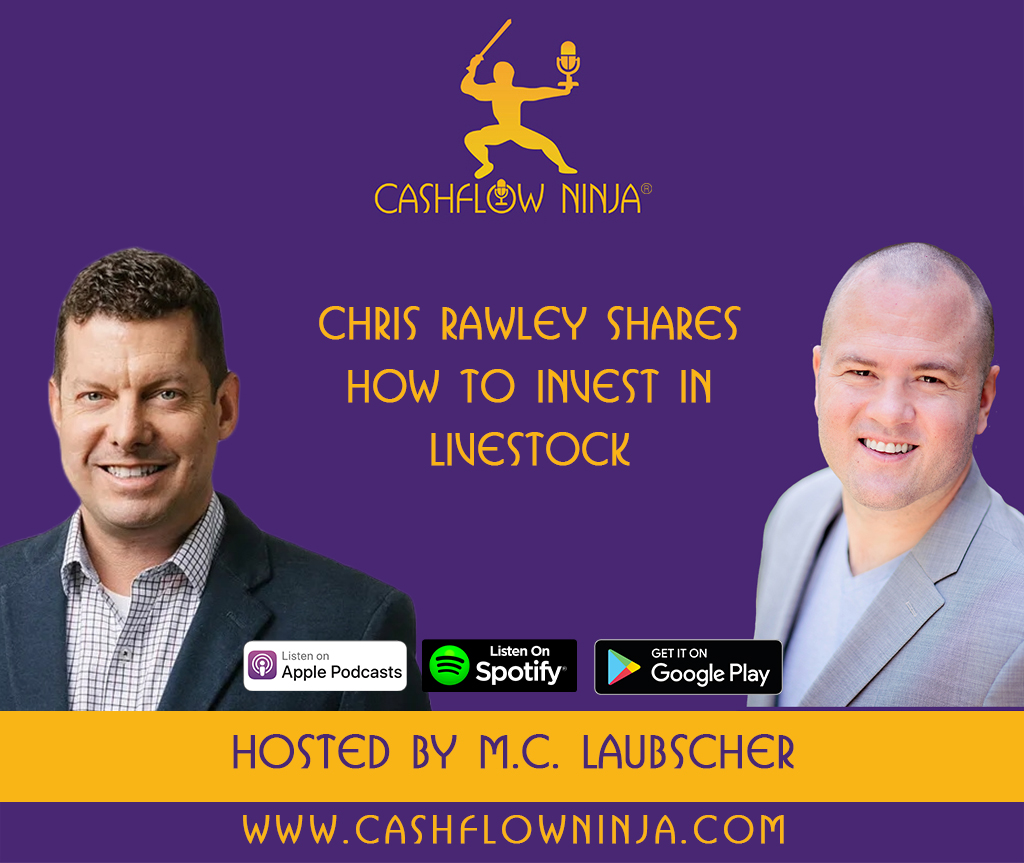
Investing in diamonds represents a niche but notable asset class within the broader realm of alternative investments. Diamonds are prized not only for their aesthetic appeal but also for their potential financial benefits.
Why Invest In Diamonds
Investing in diamonds is an intriguing option within the broader category of alternative investments, appreciated for their aesthetic appeal and potential financial benefits. As a tangible asset, diamonds provide the psychological comfort of possessing something physical, akin to owning real estate or gold. They can be held, stored, and transported, adding a layer of security for investors. A key advantage of diamonds is their value density, which allows a significant wealth to be stored compactly and discreetly, an attribute not as quickly matched by bulkier assets like silver or real estate.
Diamonds also serve as an effective hedge against inflation, maintaining or increasing in value as the purchasing power of money declines. Their portability and universally recognized value make diamonds an especially favorable asset for global trade and mobility, easily carried across borders and converted into cash worldwide. Beyond their economic value, diamonds hold aesthetic and emotional significance, often purchased as gifts or heirlooms and potentially appreciating in value over time due to their sentimental worth.
The rarity and longevity of diamonds further enhance their appeal as an investment. As natural diamonds become scarcer due to the finite nature of diamond mines and the increasing difficulty of mining, their value is likely to rise. Moreover, diamonds are durable and do not deteriorate, allowing them to be passed down through generations without losing quality. These unique characteristics make diamonds compelling for investors looking for alternatives to traditional financial instruments. However, navigating this complex market requires a certain level of expertise.
Diamond Ecosystem
The diamond industry is a complex and expansive global ecosystem that spans from the mining of rough diamonds to their sale in retail markets. This ecosystem encompasses a variety of key players, including miners, manufacturers, certification bodies, wholesalers, and retailers, all of whom play integral roles in the lifecycle of a diamond.
The journey of a diamond begins in the mines in countries such as Botswana, Russia, Canada, and South Africa, where major mining companies like De Beers, ALROSA, and Rio Tinto extract rough diamonds using substantial capital investment and advanced technology. Once extracted, these diamonds undergo an initial sorting process based on size, shape, quality, and color, either by the mining companies or specialized trading companies. Following sorting, diamonds are sent to grading labs, where they are evaluated on the four Cs—cut, color, clarity, and carat weight. Certification bodies like the Gemological Institute of America (GIA) and International Gemological Institute (IGI) provide crucial certifications that help establish trust by accurately describing the diamonds’ characteristics.
After grading, rough diamonds are skillfully cut and polished, a labor-intensive process often carried out in countries with lower labor costs but skilled workforces, such as India, Belgium, Israel, and China. The quality of the cut and polish significantly impacts the diamonds’ final value. Once polished, diamonds enter the wholesale market. They are traded in diamond hubs like Antwerp, Tel Aviv, and Mumbai, where traders and dealers collaborate with jewelry manufacturers and retailers globally to distribute these diamonds.
In the manufacturing phase, diamonds are set into various forms of jewelry by designers and craftsmen who create everything from everyday accessories to luxury high-end pieces. This segment adds substantial value to the final product. The retail phase follows, where diamonds reach consumers through a range of outlets from high-street chains to upscale boutiques, with renowned brands like Tiffany & Co. and Cartier offering exquisite diamond jewelry. Retailers sell these gems and educate consumers about diamond quality and care, enhancing the overall buying experience.
Beyond the primary market, a secondary market exists where diamonds are auctioned or resold, with auction houses like Sotheby’s and Christie’s handling rare and exceptional pieces that can command high prices. The industry also faces significant ethical and environmental challenges, such as the issues surrounding conflict diamonds and the ecological impact of diamond mining. Initiatives like the Kimberley Process aim to mitigate these issues by preventing conflict diamonds from entering the market, and there is a growing shift towards more sustainable practices and the adoption of lab-grown diamonds as ethical alternatives.
Recent technological advancements, including the use of blockchain to track diamond provenance and the application of automation and artificial intelligence in diamond sorting and grading, are improving accuracy and efficiency in the industry. Understanding the multifaceted and interconnected nature of the diamond industry ecosystem is crucial for anyone involved in the trade, investment, or purchase of diamonds, as each segment contributes significantly to the industry’s overall value chain.
How To Grow Cash
Investing in diamonds can be lucrative, but it demands a sophisticated understanding of the diamond market and a strategic approach. Here’s how investors can potentially make money and grow their cash through diamonds:
Capital Appreciation: The primary way investors profit from diamonds is through capital appreciation, where the value of diamonds increases over time, allowing them to be sold at a higher price than their purchase cost. The appreciation is influenced by factors such as rarity, demand, inflation, and overall market dynamics. Particularly, high-quality and rare diamonds, noted for their exceptional color or clarity, are likely to appreciate the most.
Diversification: Diamonds can also be a diversification tool within an investment portfolio. They add a non-correlated asset class that typically does not move in tandem with traditional financial markets like stocks and bonds, thus providing stability during periods of economic uncertainty.
Inflation Hedge: Similar to other tangible assets like gold, diamonds often serve as a hedge against inflation. As inflation increases, the value of diamonds may rise, thereby preserving the purchasing power of the investment.
Collectible Value: Diamonds also possess a collectible value. Limited editions that have historical significance or feature unique craftsmanship can command higher prices in the market. Collectors and enthusiasts are often willing to pay a premium for diamonds that hold particular aesthetic or historical significance.
Intermediary Profits: Some investors earn profits by acting as intermediaries in the diamond trade. This involves purchasing rough or unpolished diamonds, having them cut and polished, and then selling them at a profit. Success in this area requires a solid network within the diamond industry and a thorough understanding of diamond processing and sales.
Renting or Leasing: Although less common, renting high-value diamonds for special events or occasions can provide a steady income stream. This method is typically suited for high-end, luxury diamonds in demand for prestigious events.
Each strategy has its own set of challenges and requires careful planning and expertise. Investors must navigate issues such as market knowledge, liquidity constraints, volatility, and price transparency. Additionally, ensuring the authenticity and quality of diamonds through reputable certification is crucial to safeguarding investments and realizing potential gains.
How To Lose Money
Investing in diamonds can be profitable but comes with risks that may lead to financial losses. Diamonds demand specialized knowledge to assess their quality and value correctly. Without a firm grasp of the diamond grading system—the four Cs of Cut, Color, Clarity, and Carat—along with market trends and trade nuances, investors may make poor purchasing decisions and overpay for diamonds that don’t hold their value. Additionally, the diamond market can be volatile, with prices fluctuating based on economic conditions, changes in consumer preferences, and other market dynamics. This could lead to buying high and selling low.
Diamonds are also typically less liquid than other investment assets like stocks or bonds. The resale process can be complex and lengthy, often requiring the assistance of specialized brokers or auction houses, and in urgent situations, may force an investor to sell at a significantly reduced price. The lack of transparency in the diamond market, where there is no standardized “market rate” like other commodities, can complicate valuations further, potentially leading investors to purchase diamonds far above their true market value.
Investors face substantial transaction costs, including commissions, certification fees, insurance, and storage costs, which can diminish profits, especially if the diamond does not appreciate as anticipated. The diamond market also harbors a significant risk of fraud, with investors possibly buying counterfeit diamonds or stones that have been treated to enhance their appearance artificially. Moreover, diamonds from conflict regions can lose value if blacklisted by international markets, and as lab-grown diamonds become more popular and their quality improves, the value of natural diamonds may be threatened.
During economic downturns, luxury goods markets, including diamonds, often suffer as consumer spending on discretionary items declines. This can lead to a drop in diamond prices, adversely affecting their resale value. To mitigate these risks, investors should educate themselves thoroughly about the diamond market, seek expert advice, ensure proper certification of diamonds, and adopt a long-term perspective in their investment strategy. Diversifying investments to avoid an overconcentration in diamonds can also help manage potential losses effectively.
Positives & Negatives Investing In Diamonds
Positives:
- Tangible Asset: Diamonds are a physical asset that investors can hold, which can provide a sense of security. Unlike stocks or digital assets, the tangible nature of diamonds often appeals to those who prefer to see and touch their investments.
- Value Retention: Diamonds generally retain value over time, especially high-quality or uniquely characteristic stones. They can be a good long-term investment as they often resist inflationary pressures better than some paper assets.
- Portability and Privacy: Diamonds encapsulate considerable value in a small, portable form, making them easy to transport and store. They also offer privacy regarding ownership, which is only sometimes possible with financial assets typically held within regulated institutions.
- Diversification: Including diamonds in an investment portfolio can reduce risk through diversification. Diamonds often do not correlate with traditional financial markets, providing stability during periods of market volatility.
- Aesthetic and Emotional Value: Beyond their monetary value, diamonds can hold aesthetic and emotional appeal, whether used in jewelry or as collectible items. This can enhance their perceived value over time, especially for rare or historically significant pieces.
Negatives:
- Lack of Liquidity: Unlike stocks or bonds, diamonds are not as easily liquidated. Selling diamonds quickly often means compromising on price, making them a less flexible investment.
- Market Expertise Required: The diamond market is complex and requires great expertise to navigate successfully. Knowing diamond grading and pricing ins and outs is crucial, as mistakes can be costly.
- Volatility in Pricing: While certain categories of diamonds hold their value or appreciate, diamond prices can be volatile depending on factors like changing market trends and economic conditions. Pricing is also quite opaque compared to other assets, influenced by numerous subjective factors.
- High Transaction Costs: Buying and selling diamonds involves significant costs, including commissions, certification fees, and possibly taxes. These costs can erode the overall profitability of diamond investment.
- Counterfeit and Fraud Risks: The diamond market is not immune to risks of fraud and counterfeiting. Synthetic diamonds, in particular, can be a risk factor as they can be difficult to distinguish from natural stones without expert analysis.
- Ethical Concerns: The diamond industry has faced criticism over ethical issues, such as conflict diamonds and environmental impact. Investors need to be mindful of the origins of their diamonds to avoid ethical pitfalls and potential backlash.
Investment Opportunity Filter™
The Investment Opportunity Filter™ evaluates an investment opportunity based on cashflow, tax benefits, appreciation, and the leverage it provides.
Diamonds score a 2/4 with The Investment Opportunity Filter™.
Diamonds can increase in value, and you can also leverage the skill sets, capabilities, networks, and capital of others.
Subscribe To Our Weekly Newsletter:
The Wealth Dojo: https://subscribe.wealthdojo.ai/
Download all the Niches Trilogy Books:
The 21 Best Cashflow Niches
Digital: https://www.
Audio: https://podcasters.spotify.
The 21 Most Unique Cashflow Niches
Digital: https://www.
Audio: https://podcasters.spotify.
The 21 Best Cash Growth Niches
Digital: https://www.
Audio: https://podcasters.spotify.
Listen To Cashflow Ninja Podcasts:
Cashflow Ninja
https://podcasters.spotify.
Cashflow Investing Secrets
https://podcasters.spotify.
Cashflow Ninja Banking
https://podcasters.spotify.
Share This
Related

840: Chris Rawley: How To Invest In Livestock
My guest in this episode is Chris Rawley. Chris is a retired Navy Reserve Captain, founded Harvest Returns in 2016 to democratize agricultural investments. During his 30-year military career, Rawley served in leadership roles across naval, expeditionary, and joint special operations units, deploying to regions such as Afghanistan, Iraq, Africa, the Middle East, and the…

839: Louis O’Connor: The Exciting Trends For Rare Earth Metals Right Now
My guest in this episode is Louis O’ Connor. Louis is the Founder, and Principal of Strategic Metals Invest. We are the only industry supplier in the world to offer private investors the option to purchase and profit from owning Strategic Metals. The investment play is exactly the same paradigm as investing in Precious Metals,…

838: Michael Cobb: How To Buy Your Home Overseas And Get It Right The First Time
Our guest today is Mike Cobb, co-founder & CEO of ECI Development and President of Gran Pacifica. Named among the “100 Outstanding CEOs in Central America” by Mercados & Tendencias, Mike left a successful career in the computer industry to pursue opportunities in the emerging real estate markets of Central America. In 1996, he co-founded…
